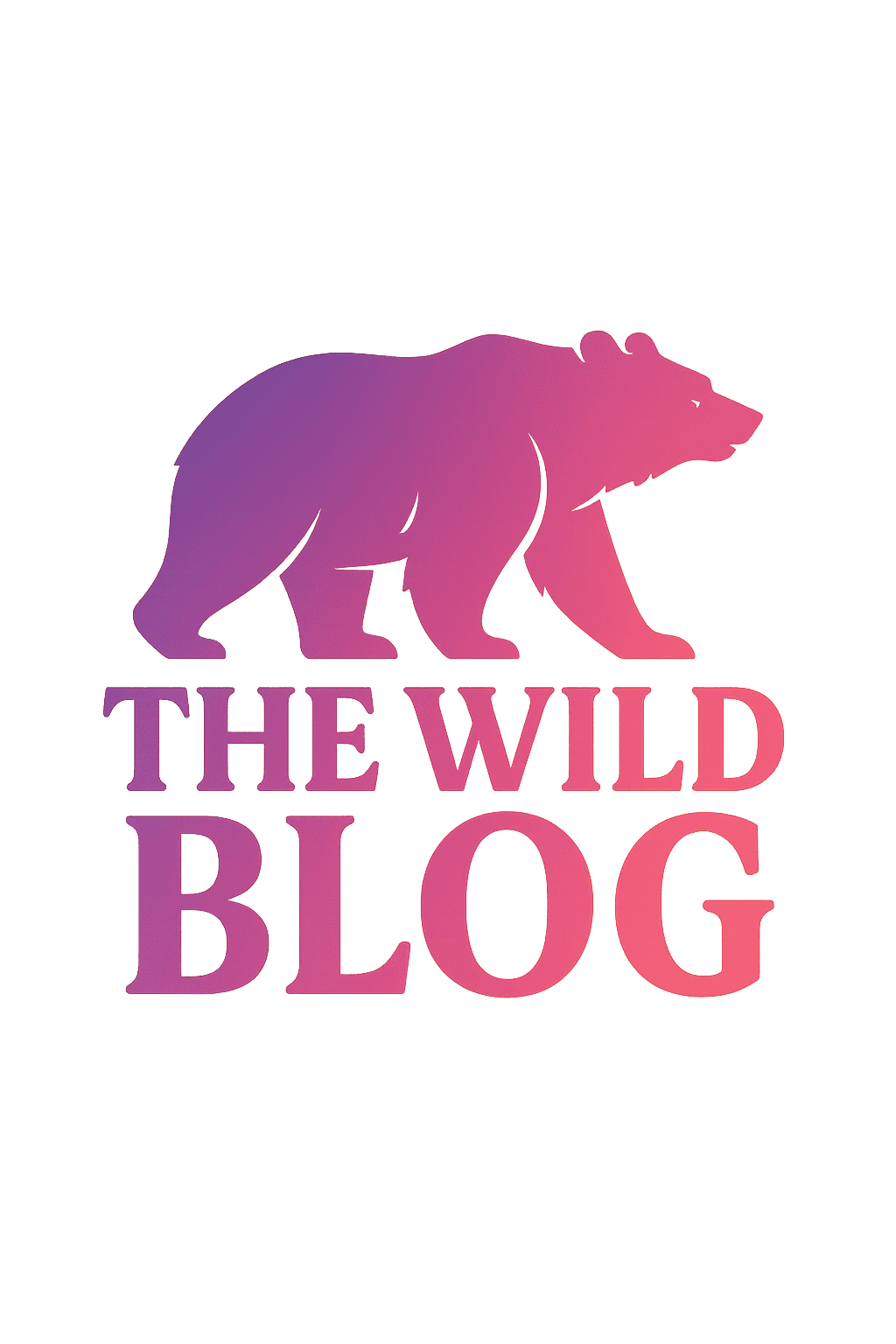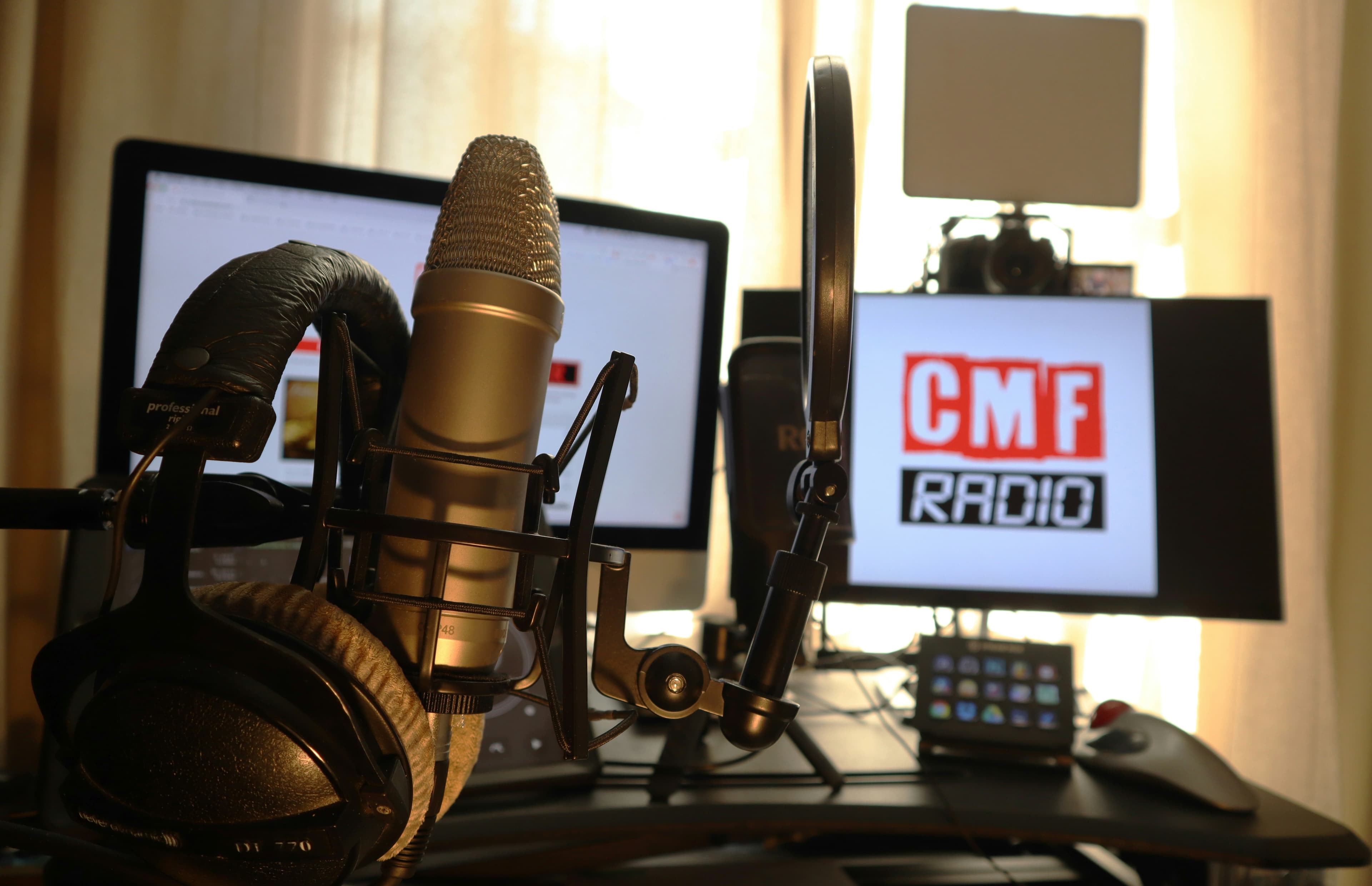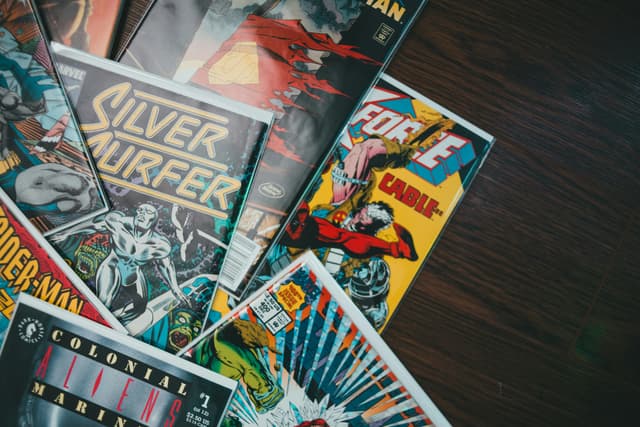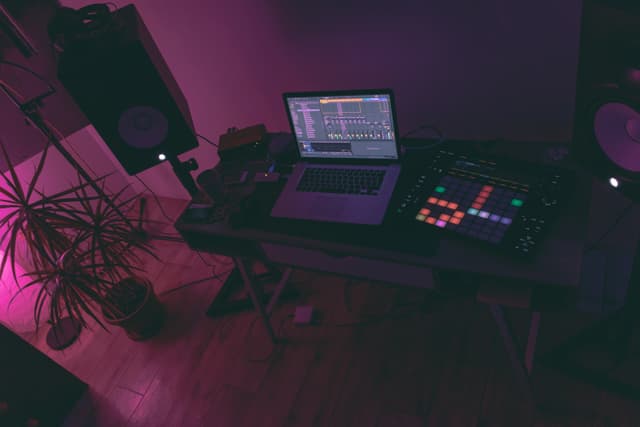From the crackling voice of the first broadcast to the immersive, high-definition audio of today’s digital waves, radio has continuously played a pivotal role in shaping the cultural fabric of society. Yet, when most people think of radio, they tend to focus on music stations or podcasts. What many overlook, however, is how radio has influenced movements, changed political landscapes, and served as the cultural heartbeat of entire generations. It’s not just a background hum—it’s a cultural force that has evolved over nearly a century.
In this exploration, we dive deep into radio’s influence not just as a source of entertainment, but as a shaping tool for cultural identity, social movements, and even technological innovation.
Radio: The Medium that Revolutionized Communication
The first-ever radio broadcast, conducted in 1920, was a simple event. A young engineer named Frank Conrad in Pittsburgh sent a broadcast of the 1920 presidential election results to an audience of just a few listeners. This moment marked the birth of a medium that would come to dominate the world’s airwaves for generations. In its early days, radio was an exclusive form of entertainment and information, with only a limited number of people possessing receivers.
By the 1930s, however, radio had become a household fixture. In the wake of the Great Depression and World War I, it became a beacon of hope, information, and, in many cases, solace for people experiencing uncertainty. President Franklin D. Roosevelt’s “Fireside Chats,” delivered over the airwaves, are legendary examples of how radio directly impacted the public's perception of leadership and trust. Roosevelt’s ability to speak directly to the nation, bypassing traditional media, showed just how intimate the medium could be.
But radio wasn’t just a political tool—it was a cultural one as well. In the 1930s and '40s, radio programming became an essential part of daily life. Shows like The Shadow, Amos 'n' Andy, and The Lone Ranger created a shared cultural lexicon, a common experience for listeners regardless of background. It was a time when families gathered around the radio to hear the latest episodes, just as they would later gather around the television.
The Golden Age of Radio and its Cultural Explosion
The golden age of radio—roughly the 1930s to the 1950s—was a time when the radio became the centerpiece of American homes. It was a cultural era that changed not only how people interacted with entertainment, but how they consumed it.
Radio gave rise to a wealth of new programming formats: from news broadcasts to serial dramas, from soap operas to comedy shows. The format was versatile, providing entertainment that was easily accessible, and the speed with which radio could convey news became a game-changer during World War II. Families learned of major events, like the attack on Pearl Harbor, through the crackling speakers in their living rooms, receiving updates from trusted voices like Edward R. Murrow.
At the same time, radio played an essential role in popularizing music. Genres like jazz, blues, and country music spread far beyond their regional origins, thanks to the power of the airwaves. Artists who would become household names, like Louis Armstrong and Frank Sinatra, found their first audiences through radio.
Perhaps one of the most transformative cultural moments radio brought was the birth of rock and roll in the 1950s. DJs like Alan Freed helped launch the genre by giving it airtime and promoting the work of now-legendary musicians like Chuck Berry and Elvis Presley. The rebellious sound of rock and roll was amplified by the radio, which turned it into more than just a genre—it became a movement. The radio, often a tool for corporate and political influence, was now a voice for youth and counterculture.
The Decline of Radio’s Dominance: Television and the Digital Era
As the years passed, radio found itself challenged by new, more visually engaging mediums—particularly television. By the 1960s and '70s, television had become the dominant form of media. It offered both sound and visual stimulation, attracting the attention of audiences who were now seeking a more comprehensive form of entertainment.
But rather than fading into obsolescence, radio adapted. While TV took over the entertainment spotlight, radio found a new life in music. Stations became more specialized, targeting niche genres and audiences. It was during this time that formats like Top 40 radio, which played the most popular songs, and talk radio, which became a venue for political discussion, truly began to thrive.
Radio had another renaissance in the 1990s with the advent of the internet. Streaming platforms like Pandora and Spotify emerged, bringing music directly into homes and car radios through digital means. Podcasts soon followed, bringing spoken-word entertainment, storytelling, and discussions into the cultural spotlight.
The Internet Age did not diminish the influence of radio; instead, it redefined it. Traditional broadcasters shifted to online platforms, making radio accessible globally, creating an international dialogue between creators and listeners.
Radio's Revival in the Era of Podcasts
One of the most remarkable recent developments in the world of radio has been the explosion of podcasts. While traditional radio stations have been around for decades, podcasts have taken the world by storm in the 21st century. According to recent statistics, more than 100 million people listen to podcasts regularly in the United States alone. This new format has brought a level of intimacy and personalization that traditional radio never fully realized.
Podcasts are accessible on-demand, allowing listeners to choose exactly what they want to hear at any time. The diversity of podcasts, ranging from true crime to comedy to self-help, means that there is a voice for nearly every niche. The format is flexible too—whether it’s a polished studio production or a lo-fi home recording, podcasts have democratized radio by giving anyone with a microphone the opportunity to share their voice.
Much like radio did decades ago, podcasts have revived the power of audio storytelling. The intimate nature of podcasts allows for deeper connections between hosts and listeners. There’s something uniquely personal about listening to a podcast in your headphones, as though the host is speaking directly to you. This medium has resurrected many of the best elements of radio: storytelling, the intimacy of the voice, and the sense of community.
The Social Impact of Radio: A Voice for Change
Throughout its history, radio has served not only as a form of entertainment but also as a platform for social change. From the civil rights movement to contemporary discussions about climate change, radio has amplified voices calling for justice and equality.
In the 1960s, during the Civil Rights Movement, radio was a crucial tool in broadcasting the voices of activists like Martin Luther King Jr. and Malcolm X, reaching millions of listeners who may not have been involved in the political struggle. Radio stations became spaces for debate and activism, where the issues of the day were discussed openly and passionately.
Today, radio continues to be an important voice in social movements. Talk radio shows serve as platforms for discussing political views, while also being arenas for activism. Podcast hosts, too, use their platforms to address issues like gender equality, racial justice, and LGBTQ+ rights.
The Future of Radio: Adapting to the Digital Age
As we look toward the future, radio is far from dead. The digital age has forced it to evolve, but it has also opened new doors. From satellite radio to podcasts to live streaming platforms, radio continues to thrive in new forms. The cultural influence of radio remains strong, shaping the way we consume media, engage with entertainment, and interact with the world around us.
In the digital era, we are witnessing the revival of radio in exciting and innovative ways. Who would have thought that the humble radio, once a revolutionary technology in its own right, would evolve into a modern-day podcast, creating a whole new generation of cultural influencers and storytellers?
Loading...



